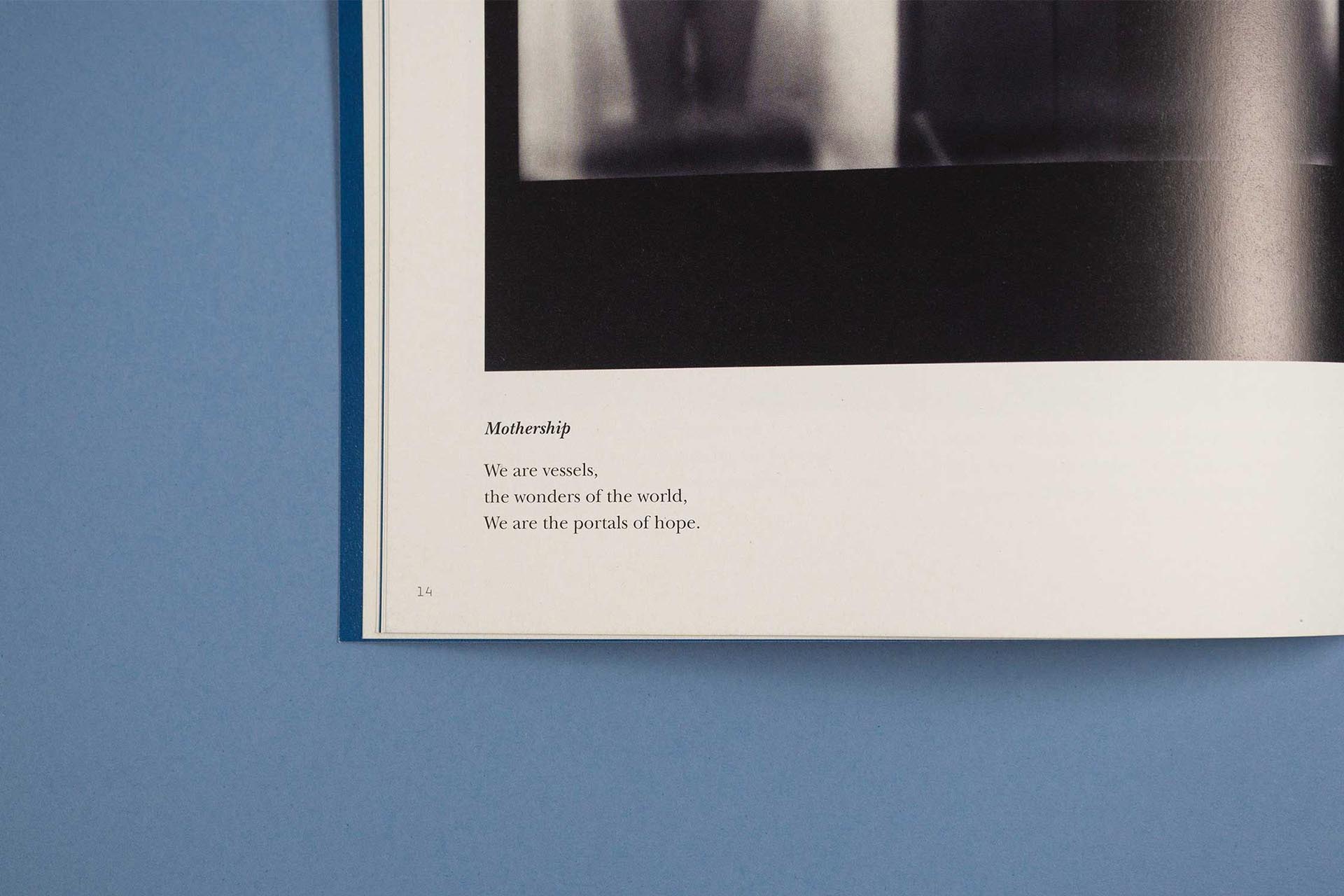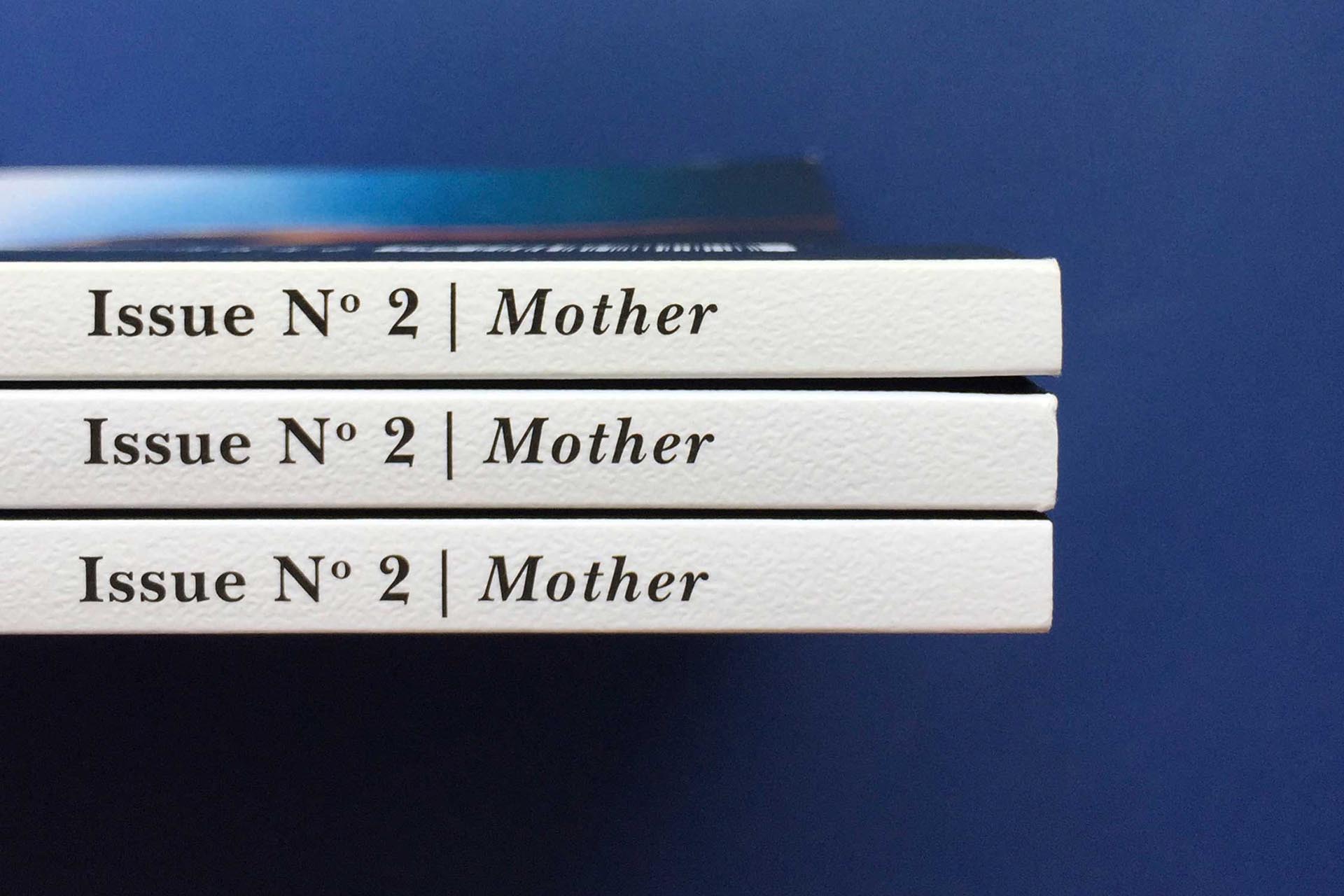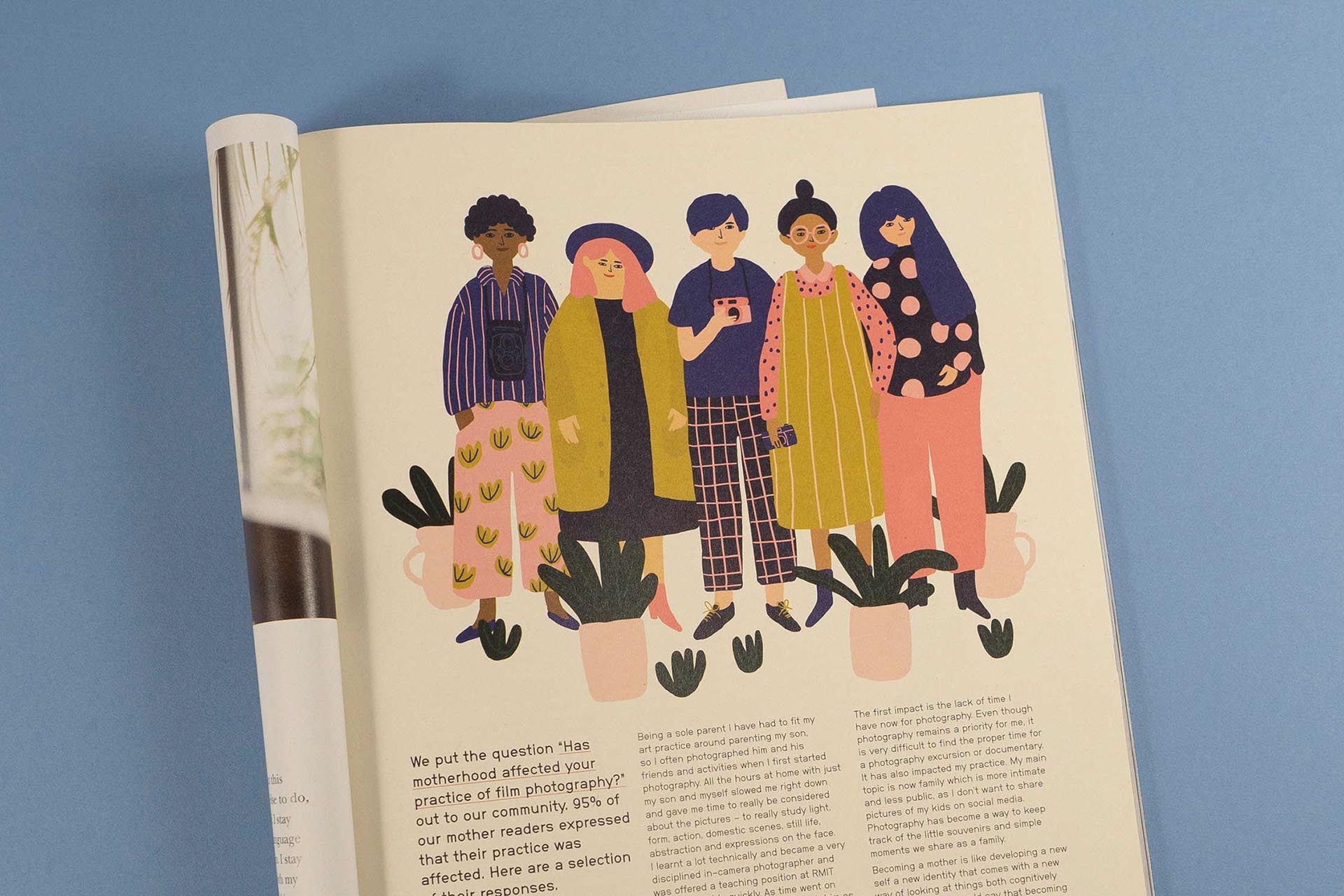Picasso, Primitivism, And The Rights And Wrongs Of Cultural Appropriation

When artists borrow, do they also offend?
Museum of Modern Art in New York
The first time I visited the Museum of Modern Art in New York I was twenty-four years old. The museum was under renovation at the time and had been temporarily opened in a building in the suburb of Queens. A much smaller venue, it provided only a glimpse of the full breadth of work the museum had to offer, so only the most important works were on display. I didn’t know it when I entered, but one such work was Pablo Picasso’s Les Demoiselles d’Avignon.
Hardly had I been there three minutes when I saw the picture across the gallery hall. I rushed to it, babbling to my friend about its significance in the history of art.
For the student of art history, there are few paintings that compare to Les Demoiselles d’Avignon for their historical significance. It was painted in 1907, and was part of Picasso’s experimentation in the early stages of Cubism. It is said to open the gateway to modern art.
Read what the art historian Wernar Haftmann wrote of the painting:
“Light and dark areas are scattered across the picture, placed purely as required to point the drama of the figures. Furthermore, the figures and objects are violently distorted, their forms flattened, facetted, stylised to produce the most expressive ornamental effect. Underlying the picture is a restless craving for expression, and elements from archaic, exotic and primitive art are all employed as means to this expression. The whole represents a bold step into the unknown.”
Yes yes. Haftmann has it just right, doesn’t he? The five figures in the painting — prostitutes of Avignon — are naked and baring fruit. Their faces are angular. Their limbs barb and jar against the edge of the picture frame. They seem to hold open the painting as if a curtain would descend if they retreated.
Since I was studying and making art at the time, I was thrilled to see this painting face-to-face. For the previous few years I had been enchanted by the art movements that were born out of Les Demoiselles d’Avignon, the Cubism of Picasso and Braque, and Jean Gris, Fauvism, and then later, the Futurism of Boccioni, Balla and Feininger. I loved the technicality of the shapes, as they were, overlapping facets of the same object, shattered and then reassembled in an intersection of triangles and rhombuses, or parabolas and ellipses. I understood how the whole pursuit — Modernism with a capital ‘M’ — paved the way for abstraction in painting; and my own conception as a painter too.


Unlike pop-culture’s current obsession with bleak, heavy drama (Game Of Thrones, Breaking Bad, we’re talking to you)
Unlike pop-culture’s current obsession with bleak, heavy drama (Game Of Thrones, Breaking Bad, we’re talking to you)
Unlike pop-culture’s current obsession with bleak, heavy drama (Game Of Thrones, Breaking Bad, we’re talking to you)